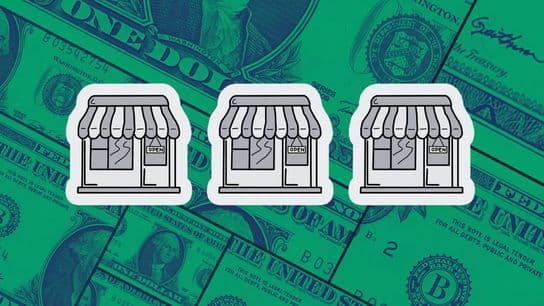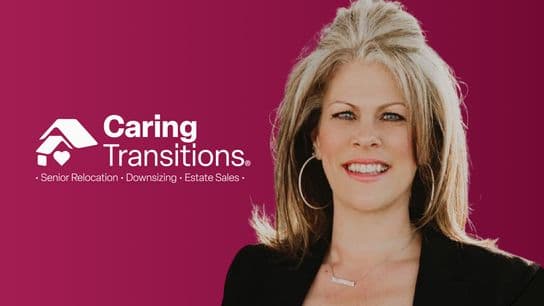How Did the Pandemic Affect Women’s Careers?
A new report shows that women experienced more burnout than men in 2020 but still made progress in securing more senior roles.
Despite the myriad professional challenges brought on by the COVID-19 pandemic, women continued to make significant progress towards eliminating the gender gap in U.S. workplaces in 2020.
According to McKinsey & Co. and LeanIn.Org’s 2021 Women in the Workplace report — the annual report’s 6th edition — the proportion of women in the corporate workforce did decline but only slightly, and those losses are overshadowed by a significant increase in the number of women holding senior roles.
Those gains are even more impressive in light of data showing women experienced higher rates of burnout compared to their male counterparts.
From the report:
Women are even more burned out than they were a year ago, and burnout is escalating much faster among women than men. One in three women says they have considered downshifting their careers or leaving the workforce this year, compared to 1 in 4 who said this a few months into the pandemic. Additionally, 4 in 10 women have considered leaving their company or switching jobs — and high employee turnover in recent months suggests that many of them are following through.
In 2021 and 2022, burnout may prove an inciting factor behind a large-scale shift in where women are working. In an interview with The Wall Street Journal this week, Rachel Thomas, Lean In’s co-founder and CEO and one of the report’s authors, said, “I really think of [burnout] as the bellwether for what’s going on. Because the reality is, a lot of us, we can’t leave our jobs. There’s more movement now, but mostly the movement we’re seeing, it isn’t leaving the workforce — it’s people moving companies.”
What should companies be doing to retain their female employees? According to Thomas, lifestyle flexibility is key.
If you feel you have more flexibility, you are less likely to feel burned out. You are less likely to think about leaving your company. But we’re seeing that employees feel like they need to be on 24/7. The workload requirements are untenable. Right now, a lot of the onus is being put on employees to set their own boundaries, and to carve out space for themselves. And I think we need to see a shift where companies are really taking more of the ownership to figure out those boundaries. That’s going to take some real trial and error.
Read the full report at https://womenintheworkplace.com/
Read the full interview with co-authors Rachel Thomas and Lareina Yee at wsj.com.









